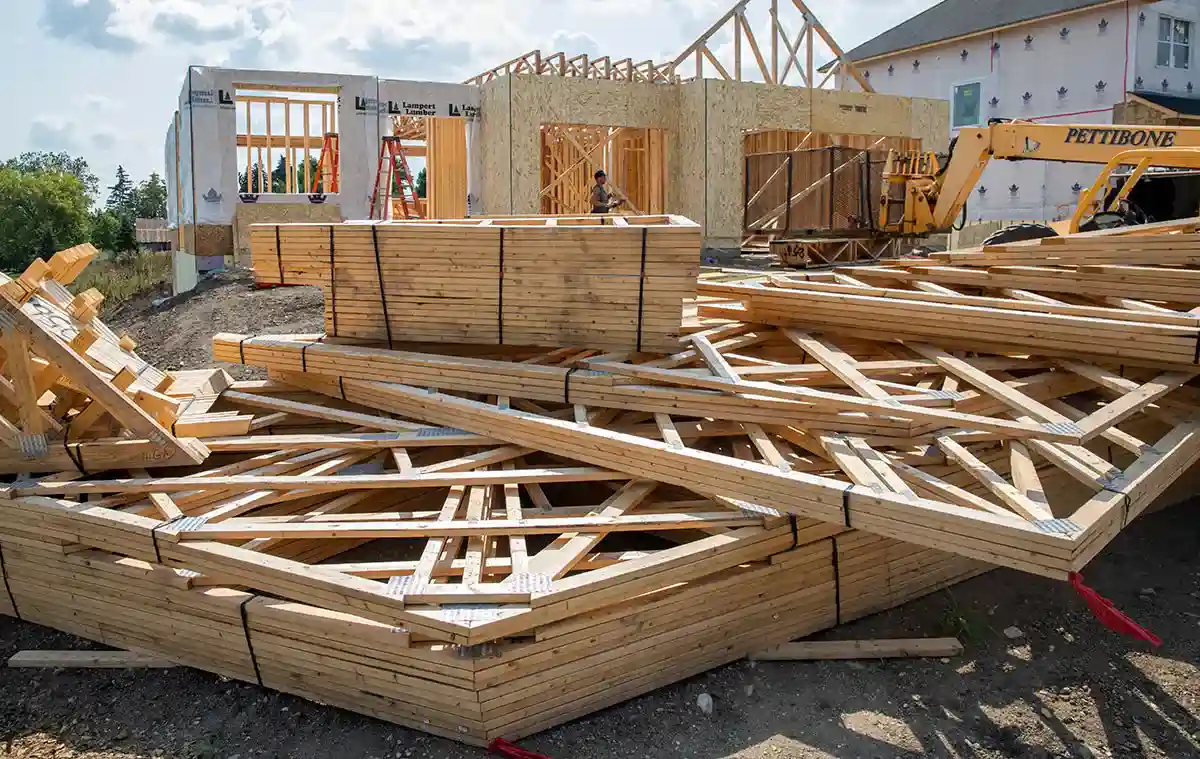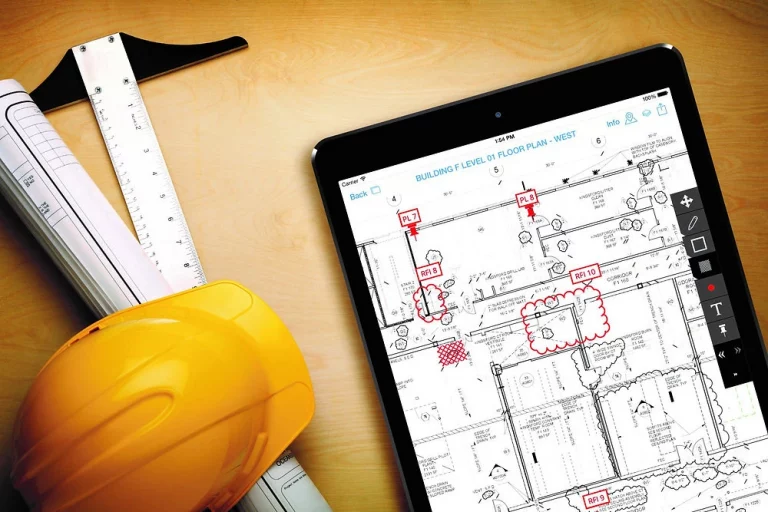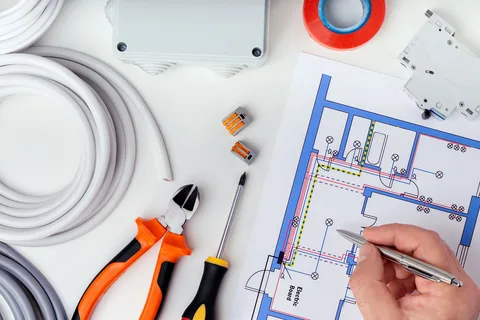The Role of Contingencies in Construction Estimating: How Much to Budget
Construction is a type of work where every process is subject to unforeseen circumstances, and to address that, Contingency in Construction Estimating is a necessity. So, what is actually contingency in construction?
In plain, simple terms, contingency is a financial buffer that helps mitigate unfavorable situations throughout the construction process. Having a contingency plan prevents a construction project from derailing from its original path. Regardless of your role in construction, understanding the importance of contingency can benefit you greatly in the long term.
LEARN WITH US WHAT ROLE A CONTINGENCY PLAYS IN CONSTRUCTION BY CONCEDING ITS IMPORTANCE FOR ULTIMATE SUCCESS!
Contingency in Construction Estimating – A Financial Safety Net
A reserve monetary fund set aside to handle any kind of mishap in a construction project. It can either be any occurrence of an unexpected cost or any risk that has the potential to hinder the construction process. Just think of it as an emergency fund that is specifically designed to keep your construction project on the right path in case of any uncontrollable issue.
Who is Responsible for Establishing Construction Contingency?
A team of construction cost estimators is the one that is responsible for setting a contingency in a project. They do so by assessing the magnitude of a project and setting a contingency for every major task.
Contingency Classifications
The most common classifications of contingencies in construction are as follows:
Owner’s Contingency
The owner of a project incorporates a contingency fund in the budget. This is done to manage any situation that happens out of the blue. Understand the following example:
Depending on the size of the project, material takes up a huge portion of the budget. So, an owner, with the help of Construction Takeoff Estimators, will set aside a contingency as a proactive measure to deal with any kind of price fluctuations.
Contingencies Associated with the Construction Project’s Design
Keep in mind that as the construction process progresses, a change in the construction design might also happen.
That is why design teams, along with construction cost estimators, develop a contingency right from the early design stages. This contingency is specifically assigned for any design alteration or MEP system changes because of the evolution of the design.
Contingency for Contractors
With the help of estimators, contractors also include their own separate contingencies in the budget that are connected with their specialty. This is done to cover any minor changes because of a prompt design modification, as mentioned above.
For instance, MEP Cost Estimators will add a contingency for either a mechanical, electrical, or plumbing contractor. This will act as a cost buffer to prevent any financial issues.
Now the question that arises is how a contingency in construction estimates is implemented. Do not worry, as the answer to this question is in the discussion ahead!
Inclusion of Contingencies in the Construction Estimates
You cannot just pick a percentage that suits you and add it as a contingency. Although it sounds very convenient, its later effects will be more severe.
There is a thorough process that you have to follow in order to involve a contingency. Let’s go through that process in the following discussion:
Ascertain Each Construction Phase
Construction is a process that is done in different phases. From planning to designing and commencing the physical work. There are a plethora of activities involved in each phase. So, the first thing you have to do is to break down your construction project into several manageable phases.
Risk Assessment of Each Phase
This assessment is rather a necessity than a need. This is because each phase or construction has its own number of risks linked with it. Based on that level, you will have to decide what percentage of contingency is required.
Let’s assume that you are in the early planning stages, where everything is unclear. Or, you are in the middle of your physical construction phase, and there is a sudden weather change. That is why, depending on the likelihood of risks connected with each phase and your risk assessment, you can set a suitable contingency percentage.
Cost Estimation for Each Phase
Applying a contingency percentage is not possible without estimating the costs of each phase. These cost estimates act as the foundation for determining the percentage of a contingency. On the contrary, if cost estimates are not precise or incomplete, this will result in an inaccurate contingency percentage calculation.
Assigning Contingency Percentage
Once the risks are identified and costs have been estimated for each phase, it is time to apply a Contingency Percentage in Construction Estimating. This percentage will tell you how much uncertainty is involved in a particular phase of a project. Let’s understand this with the help of the following pointers:
- The contingency percentage for a low-risk phase is around 5% to 10% of the total budget.
- For a phase where the level of risk is moderate, the percentage is 10% to 15%.
- In a phase where the probability of risks is high, a contingency percentage of 15% to 20% will suffice.
CONTACT US TODAY TO DEVISE A CONTINGENCY PERCENTAGE FOR YOUR CONSTRUCTION PROJECT!
Final Notes
Incorporating a Contingency in Construction Estimating requires more attention than you think. You never know what uneventful situation you might face during your construction process. If you have well-sorted contingencies in place then dealing with uncertainty will be like a walk in the park. Contrarily, if you have not incorporated contingencies, then it can result in financial problems, and on top of that, you will face delays. So, vigilantly plan for uncertain events that try to derail your project in any way!







